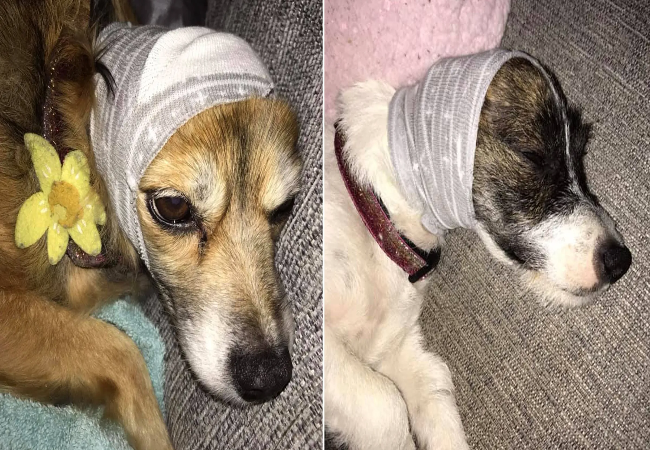How to Calm Your Dog During Fireworks 2025: Vet‑Approved Tips & Tools🩺🐾

In this article
How to Calm Your Dog During Fireworks 2025: Vet‑Approved Tips & Tools🩺🐾
By Dr. Duncan Houston BVSc
Hello—I’m Dr Duncan Houston BVSc, veterinarian and Ask A Vet founder. Fireworks can cause serious anxiety in dogs. Here's a vet‑approved plan to help keep your dog calm and safe during noisy celebrations:
1. Why Dogs Fear Fireworks
- The sudden, loud sounds, bright flashes, and unfamiliar smells overwhelm canine senses.
- Dogs have acute hearing; fireworks can be painful and trigger panic.
- Fear responses vary—trembling, hiding, pacing, drooling, escape attempts.
2. Build Calm Responses via Training
- Sound desensitization + counterconditioning: Play low-level fireworks audio paired with treats, gradually increasing volume over weeks.
- Consistency is key: multiple short sessions with varied recordings and positive reinforcement.
- Engage a certified trainer or behaviorist if anxiety is severe.
3. Create a Secure “Safe Space”
- Use a quiet, interior room with no windows—crate or closet works well.
- Block visual/auditory stimuli: close curtains, play white noise, soft music, or TV.
- Provide comfort items: bedding, a favorite toy, and water.
4. Try Calming Aids
- Anxiety vests (e.g., ThunderShirt): gentle pressure mimics swaddling and can reduce panic.
- Pheromone diffusers/collars (DAP): may ease stress—mixed results, but worth trying.
- Calming supplements: melatonin, L-theanine, and vet-prescribed options may help.
- Ear protection: soft earmuffs or headphones help muffle loud bangs.
5. Tire Your Dog Beforehand
- Schedule exercise, play, or a hike earlier in the day to reduce energy and stress.
- Mental engagement (training or puzzle toys) helps distract and calm.
6. Stay With Them, Not Punish
- Your presence reassures—leave them alone only if comfortable.
- Comforting is okay—don’t punish Anxiety—it worsens fear.
- Use calm praise or easy commands once relaxed (“sit”, “down”) paired with treats.
7. Vet Assistance When Needed
- If fear is extreme, arrange a veterinary consult 4–6 weeks before events for possible medication like Sileo® or benzodiazepines.
- Discuss side effects, plan safe dosing, and use prescriptions under vet guidance only.
- Microchip and ID tags are essential—escape is common during panic.
8. Aftercare & Environment
- Check your yard for debris before allowing outdoor access.
- Keep walks indoors or on leash—even with a fenced yard, dogs often bolt.
- Continue comforting and monitor for signs of lingering stress or trauma.
🛠️ Ask A Vet Anxiety‑Support Tools
- Fireworks prep checklist: desensitization, space setup, exercise log.
- Calm tools tracker: which aids used, comfort responses, outcome.
- Symptom log: record actions like trembling, panting, escape attempts.
- Alert reminders: vet visits, medication timing, microchip checks.
📌 Final Thoughts from a Vet
Fireworks anxiety is common—but manageable. A combination of training, safe environment, physical comfort, stress tools, vet support, and your presence can help your dog feel secure during celebrations. With Ask A Vet tracking, you’ll be fully prepared to keep your furry friend calm and cared for during fireworks. 🎇🐕






